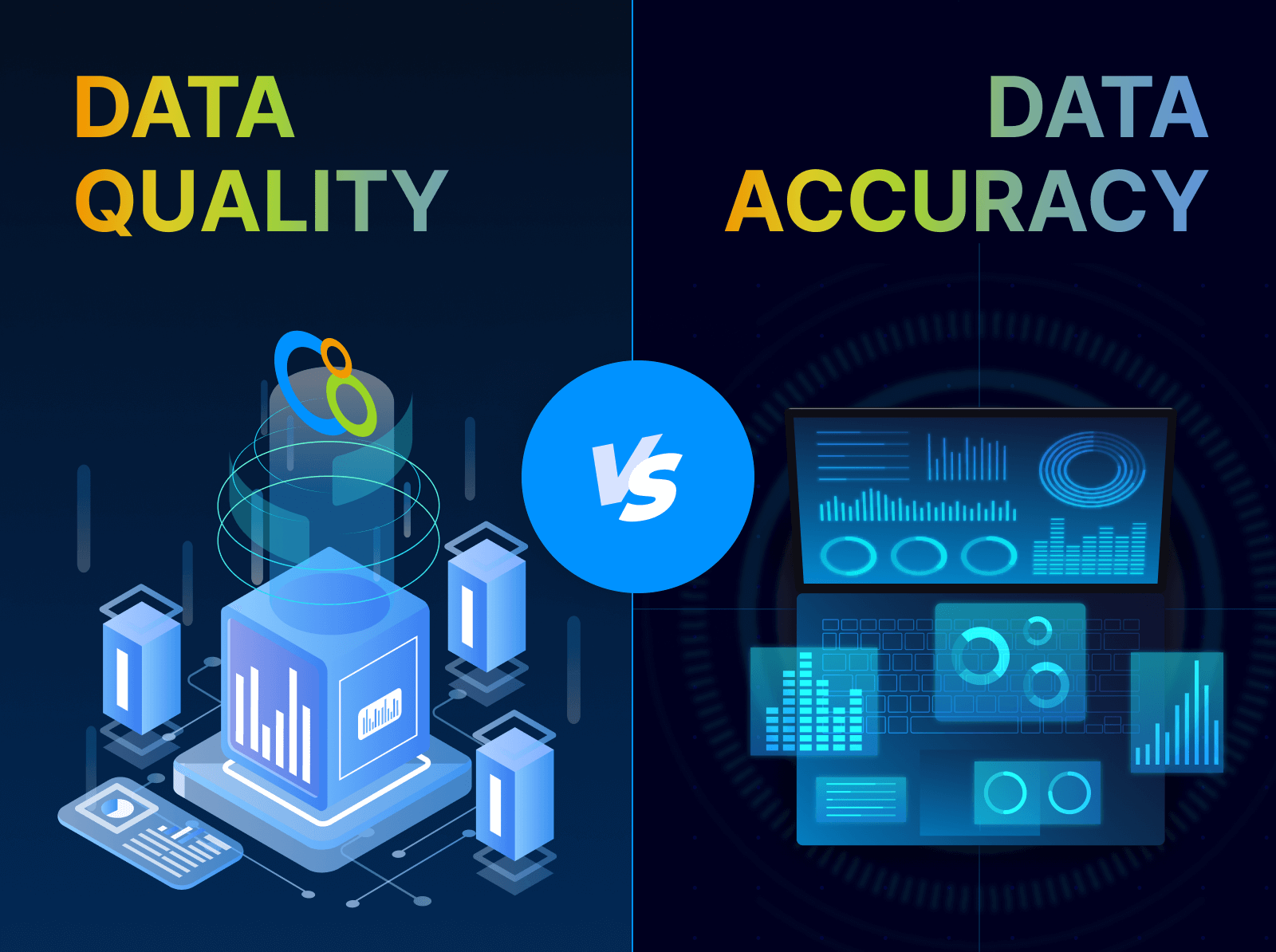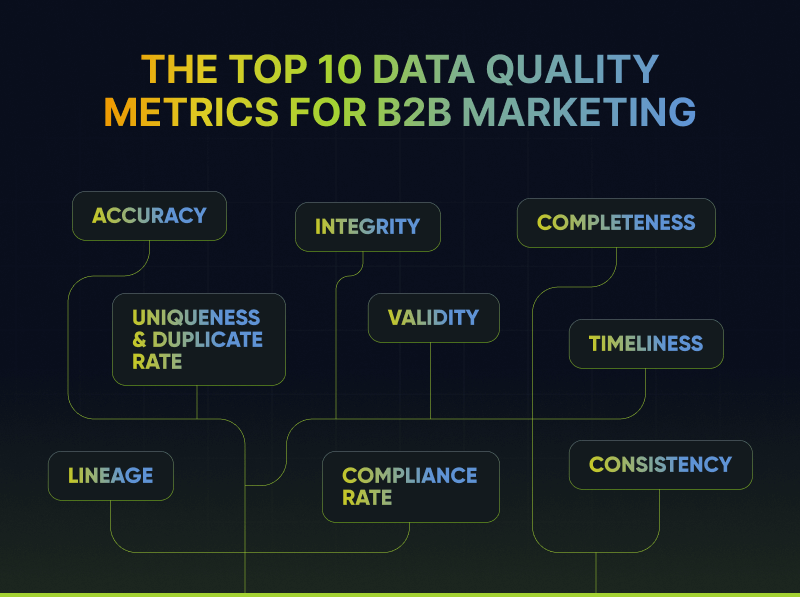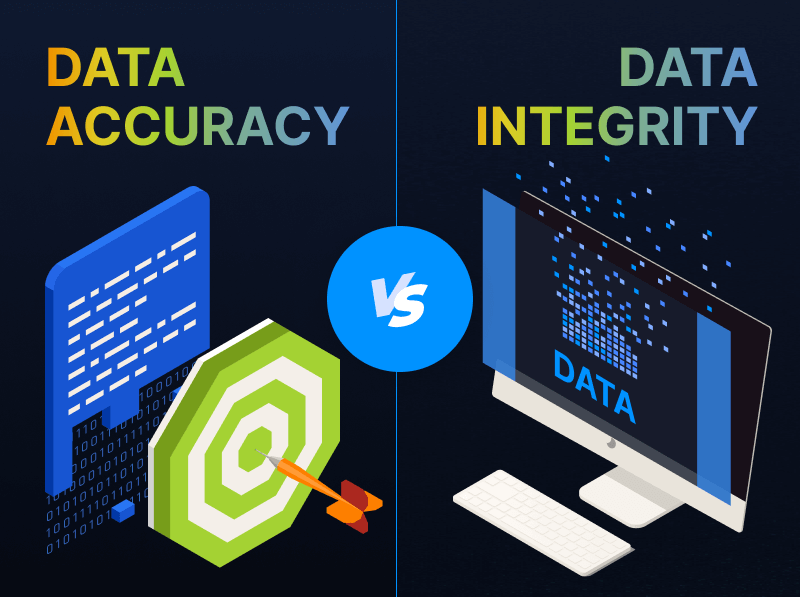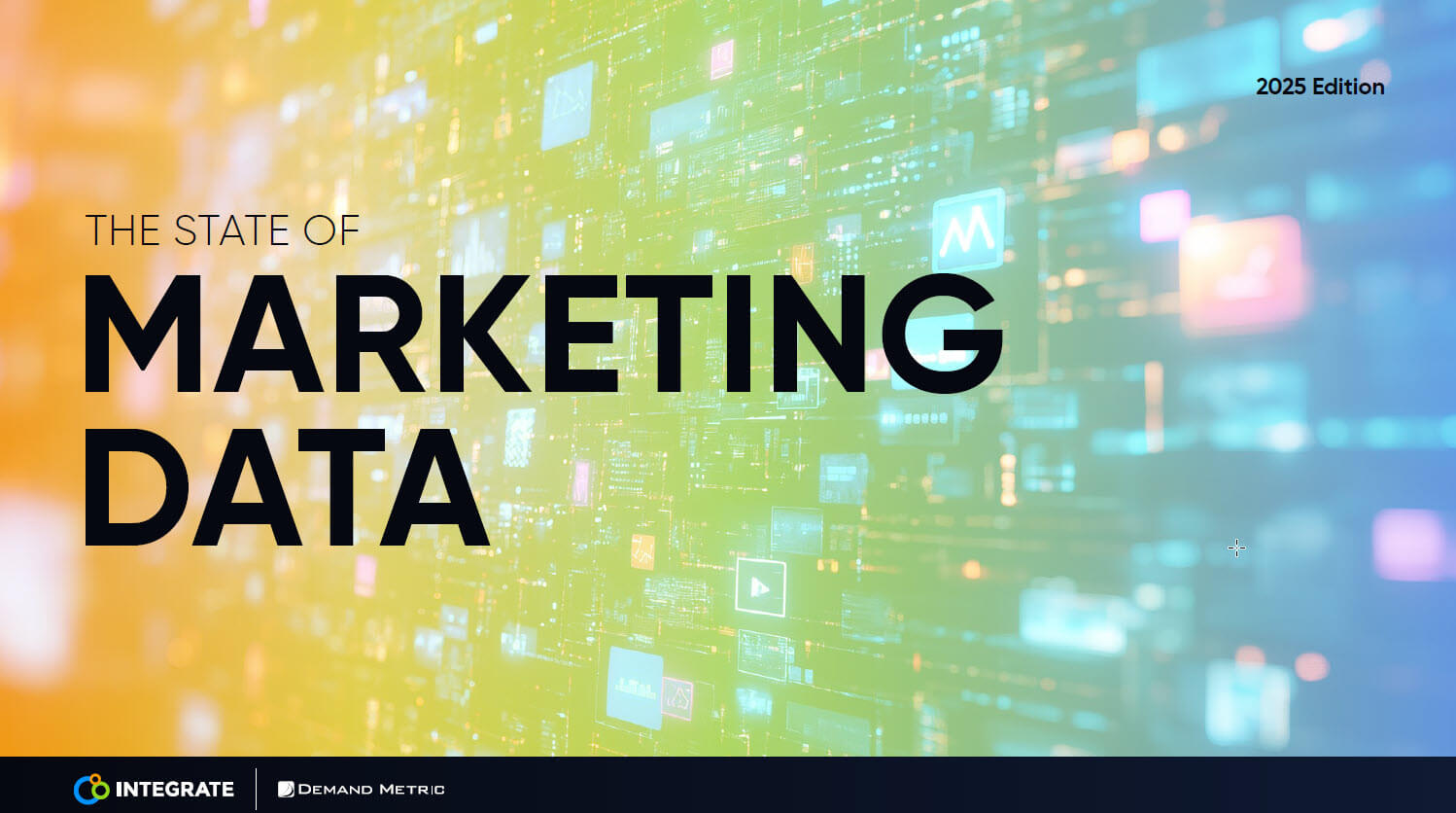7 ABM Mistakes Marketers Should Avoid
Here at Integrate, we make daily connections with marketers at varying stages of ABM maturity. Some of our customers are all-in, running impressive programs that hum along, and others are just getting started with ABM. Having the fortune to work alongside them and help them develop or refine their ABM strategy has brought to light 7 frequent mistakes B2B marketers make when deploying an ABM strategy.
Today, we’re sharing those mistakes to hopefully help future generations of marketers avoid some growing pains and get on the path to successful ABM, quickly.
Mistake 1: Skipping important research needed to select the right accounts
When we ask our customers how they developed their target account list, often the reply is, “the sales team gave it to us.” After further discussion, they usually reveal a lot of mystery around sales’ selection process (or lack thereof).
Instead, the first step in selecting accounts should be defining your ideal customer profile (ICP). Look at the data of your “best” existing customers. What do they have in common? Are there trends you can use to start to define what your ideal customers look like? Also, consider what you want your future customers to look like based on upcoming product developments or expansion initiatives.
Your ICP definition will enable you to refine and prioritize sales’ target account list and potentially eliminate accounts outside of your ideal profile. Consider also using your defined ICP to find more accounts that fit the criteria but previously were not being considered. It’s possible some of your best customers were overlooked by sales because they didn’t have a flashy logo or familiar presence.
Mistake 2: Failure to align with sales on the right target accounts
While it’s important to not take a sales-provided list at face value, it’s also important to avoid forcing a marketing-generated list on a sales team. Instead, continually collaborate with sales teams as you develop your ICP and target account list; their in-the-field knowledge is crucial to your success and your effort won’t go unnoticed.
Getting sales buy-in is easier said than done. One trick we’ve used is to run an ABM pilot program using a tight segment from their list only. This generates key, opted-in leads at target accounts, which gets sales excited about marketing generated leads because it’s exactly the people they’ve been trying to reach. Once sales is excited about marketing-provided leads, trust is built and marketing can continue to send more and more leads, some of which are outside their initial target list.
If you’re interested in learning more about how you can become an account-based marketing superstar, download Integrate’s Enterprise Playbook to Account-Based Demand Generation.
Mistake 3: Relying on static target account lists
Many marketers are surprised to see their pipeline dry up when they deploy an ABM strategy. Why? They pick a set of accounts to target for the full year and fail to prioritize, expand, and even kick accounts off that list. This results in ignoring potentially good prospects that turn up while continuing to pursue (and probable spam) accounts that are not ready to buy.
It’s critical for marketers to utilize traditional demand gen tactics and monitor engagement reports to help sales identify new accounts that are good prospects, and continually shift investment dollars to where the activity is. Simultaneously, if the data shows accounts that are not engaged or showing intent, marketing should move those accounts down the prioritization chain to revisit next quarter. Third-party intent data is invaluable in assisting with maintaining a dynamic account list.
Mistake 4: Giving all target accounts the same level of attention and content
Here’s a chart we put together using common industry terms to help peers and prospects understand that ABM comes in many different flavors. Use this graphic to determine which level is right for your various target accounts, based on their stage of engagement and the potential opportunity size.
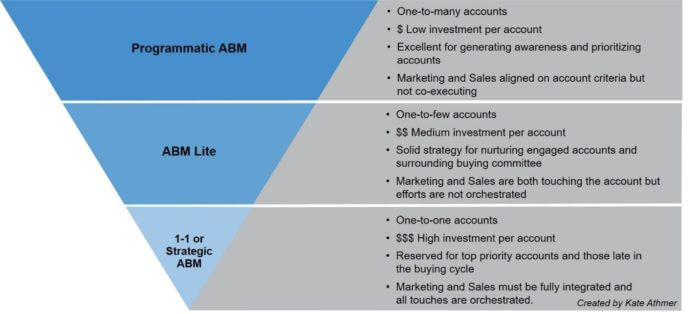
Most of our customers have some accounts in each tier and deploy different tactics accordingly. Here are some examples of useful tactics for each tier:
- Programmatic ABM: leveraging vertical or geo-specific display ads and landing pages. These can be account targeted, but the content is not personalized. This is where most of your target accounts should live.
- ABM lite: deploying account-specific dynamic content (like landing pages that recognize IP address) or coordinated direct-mail campaigns. This is where higher priority accounts that are still in early stage awareness would live.
- 1-1 ABM: building account-specific portals, introducing manned chatbots, and sending customized direct mail packages. This is the fun, sexy tier where you get to send gifts and personalize every single message across a variety of channels. This is intended for your top, high-value accounts only.
A note of caution: Be sure to run the numbers on the cost of an ABM program vs. the average contract value you can expect from the accounts you plan to target. If the payoff isn’t worth the investment, consider a different strategy.
Mistake 5: Focusing too much on accounts, neglecting contacts
You’ve probably heard the phrase “accounts don’t buy, people do” before. It’s true. When it comes down to it, you’ll need to get an actual, human person involved to get a deal done. In most cases, you’ll need 8+ humans.
For that reason, ABM campaigns that only leverage account data and account trends will leave you missing a critical piece – actual people to talk to. Lots of them.
Make sure any ABM data you’re investing in is actionable – meaning, you know how to use it to generate actual people to call on, and to then surround the buying committee.
Mistake 6: Neglecting to plan for scale – in account-based demand gen, content creation, or execution
Be honest – is your target account list an Excel file? If you’re considering an ABM strategy, it’s imperative that it can scale – and a spreadsheet isn’t going to drive real growth. Here are some solutions that help drive progress at scale:
- Tools that make scalable demand gen possible, like ABM advertising solutions or content syndication marketplaces. | Example: Integrate *Remember: even with ABM, you’ll still need contact data. A lot of it.
- 3rd-party intent data to help you prioritize and expand target account lists | Example: Bombora
- 3rd -party contact or firmographic data providers to help you complete missing information about your targets | Example: Synthio or Kickfire
- Content creation and deployment tools to make sure you can personalize and update quickly | Example: Percolate
- Integrations that bring different data sources directly (and smartly) into a centralized database so you can find and reach the best accounts and contacts, quickly. | Example: Integrate
- A way to automatically associate newly discovered contacts to existing target accounts – and alert sales to their engagement. | Example: LeanData or Engagio
Also, remember to link arms with your brand team and leverage ongoing, broad awareness initiatives to surround the buying committee and keep your brand top of mind.
Mistake 7: Forgetting to test and optimize at a regular cadence
Finally, elite ABM marketers know that to effectively test and optimize, it’s best to automate your optimization—this starts with connecting your data. Combine data from your existing database with leads from all top funnel channels. Use full-funnel data to optimize across campaigns, sources and content in real-time, and connect intent or topical surge data to your dynamic account list and use it to prioritize existing accounts based on program topics.
The more connected your data is, the faster you can optimize to get ahead of your competition.
To learn more about how Integrate can help you connect your demand gen data and scale ABM programs smoothly, visit https://www.integrate.com/solutions/abm-advertising/ or ask to speak with a member of our ABM sales team.





